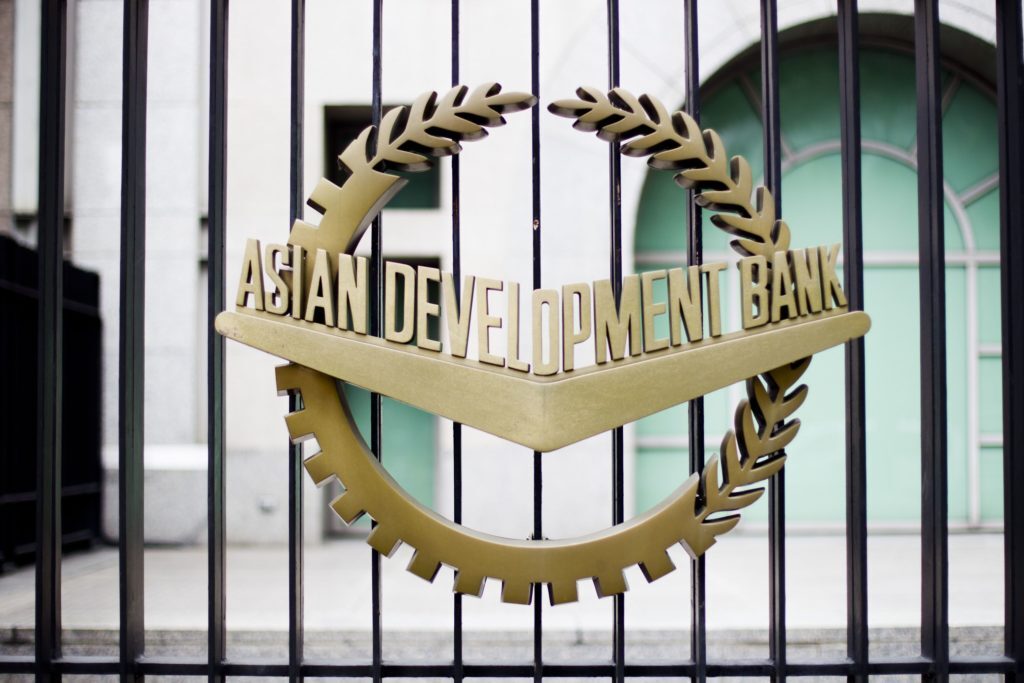Philippine economy seen recovering in 2021, with stronger growth in 2022, says ADB
By Xinhua News Agency

PUBLIC SPENDING on infrastructure and social assistance, better progress in the country’s COVID-19 vaccination drive, and a steady recovery in the global economy will underpin the growth of the Philippine economy this year and the next, according to a new Asian Development Bank (ADB) report released on Wednesday.
The Asian Development Outlook (ADO) 2021, ADB’s flagship economic publication, forecasts the Philippine economy to grow by 4.5 percent in 2021 and 5.5 percent in 2022.
The Philippine economy shrank 9.6 percent in 2020, the lowest gross domestic product since 1946, due to the pandemic. The economy grew 6.1 percent in 2019.
The report says that “substantial progress” in the country’s vaccination rollout will help restore consumer and business confidence, though uncertainties over how the pandemic will unfold globally and domestically can pose risks to growth prospects.
“Our 4.5 percent growth forecast is at the lower end of economists’ estimates, so there are upsides to this projection,” ADB Philippines Country Director Kelly Bird said in a statement.
Bird said that “priority should be given to addressing the scarring effects of the pandemic on private sector employment.”
“Programs supporting workers and firms impacted by labor market, adjustments and reforms to boost productivity growth and investment will help counter the negative effects of the pandemic on employment over the medium term,” Bird added.
The report says that the government’s expansionary fiscal program and accommodative monetary policy will put the economy on a firm recovery path by the second half of 2021.
The report adds that the government plans to strengthen labor market programs and assist in the recovery of sectors badly affected by the pandemic, including agriculture and tourism, will further support a pickup in the economy.
However, the report warns that challenges remain, including uncertainties over the course of the pandemic and the emergence of new coronavirus variants across the globe.
The report says that the Philippines’ COVID-19 vaccine rollout may suffer from global supply shortages in the short term, and local community quarantines could be extended to curb the spread of COVID-19.
Over 1.5 million Filipinos have been vaccinated as of April 26. The Philippines aims to vaccinate up to 70 million Filipinos this year.
The report forecasts inflation to rise to 4.1 percent in 2021, up from 2.6 percent in 2020, due to rising global commodity prices and other supply-side factors. For instance, it says the African swine fever has disrupted the pork supply in the Philippines.
Inflation is expected to ease to 3.5 percent in 2022 as the government takes measures to address supply-side pressures.
The current account surplus is forecast to narrow to 2.5 percent of the gross domestic product in 2021 and 1.8 percent in 2022.
The report says that merchandise exports are expected to increase with the rise in global trade, as imports, especially capital goods, rebound to support public infrastructure development.
The Philippines now has 1,013,618 confirmed COVID-19 cases, including 16,916 deaths.
Source: Macau Business
